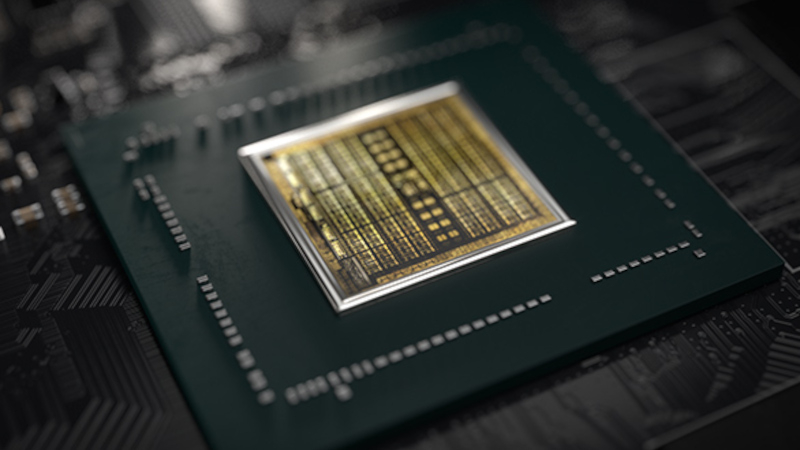GDDR6 video memory has seen an unprecedented price reduction. The cost of an 8 Gbit GDDR6 chip has dropped by 33% compared to the price recorded in early June of this year. This trend could dramatically impact the pricing and availability of next-generation graphics accelerators.

Image source: MSI
According to the DRAMeXchange resource dated September 30, 2024, the price of GDDR6 memory modules has dropped to $2,289 per 8 Gbit (1 GB) module. This equates to $18 for 8 GB of GDDR6 memory, which is a third less than the price recorded in June. Such a sharp drop in the price of GDDR6 is associated with the consequences of Ethereum’s transition to the Proof of Stake algorithm in September 2022, which provoked an excess of video cards on the market and the massive liquidation of GPUs previously used in Ethereum mining farms.
The current 33% price decline is especially noteworthy given the relative stabilization of the GPU market in the second half of 2023. Despite the fact that the market has dealt with the oversupply of new and used video cards from the previous generation, prices for GDDR6 continued to fall. This trend is consistent with the general reduction in price of RAM and storage devices (SSD and HDD) observed since 2020. However, without more research, it is impossible to determine for sure whether this is the result of advances in production technologies, a drop in demand after the pandemic, or a combination of these factors.
An analysis of GDDR6 price dynamics reveals a paradoxical situation in the market, where lower prices are not associated with lower volatility. From February 2022 to June 2023, the average price of 8Gb GDDR6 memory modules fell from $12.96 to $3.36, demonstrating a long-term downward trend. However, recent data shows increased short-term volatility: in weekly trading, prices fluctuate from $1.3 to $2.95 with an average value of $2.289. The maximum-to-minimum ratio reached 2.27, significantly exceeding previously observed ranges of 1.3–1.6 times. This goes against normal market logic and may extend to the upcoming GDDR7 memory.
When analyzing price trends, it is important to note that at the time of launch, GDDR6 was 70% more expensive than GDDR5, and DDR5 when it entered the market cost approximately twice as much as DDR4. Given these data, we can assume that the price of GDDR7 is unlikely to exceed $5–6 per 1 GB. This is in stark contrast to the situation in the logic chip space, where transistor costs have essentially stopped falling since reaching 7nm, indicating that Moore’s Law is slowing down for logic chips.
Lower prices for GDDR6 and potentially affordable prices for GDDR7 could lead to the following changes in the GPU market:
- The next generation of graphics cards will have a lot of GDDR7 video memory without going up in price.
- Rebranding or continued supply of the latest generation of video cards will help maintain aggressive pricing.
- Next-generation budget GPUs with GDDR6 will have good prices with increased video memory.
The advent of low-cost GDDR7 memory chips in 16, 24, and eventually 32 Gb capacity could accelerate these trends and transform the GPU industry. Potentially cheaper video memory could lead to more affordable and powerful graphics solutions, which could spur innovation and expand options for both manufacturers and consumers.
It is important to note that these data reflect the current situation and may not fully describe long-term market trends. It is assumed that prices for 16 Gbit modules (used in GeForce RTX 40 series cards) and 8 Gbit modules follow similar trends, but additional data analysis is required to confirm this hypothesis.